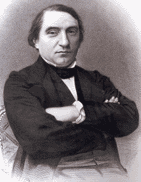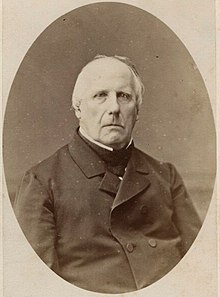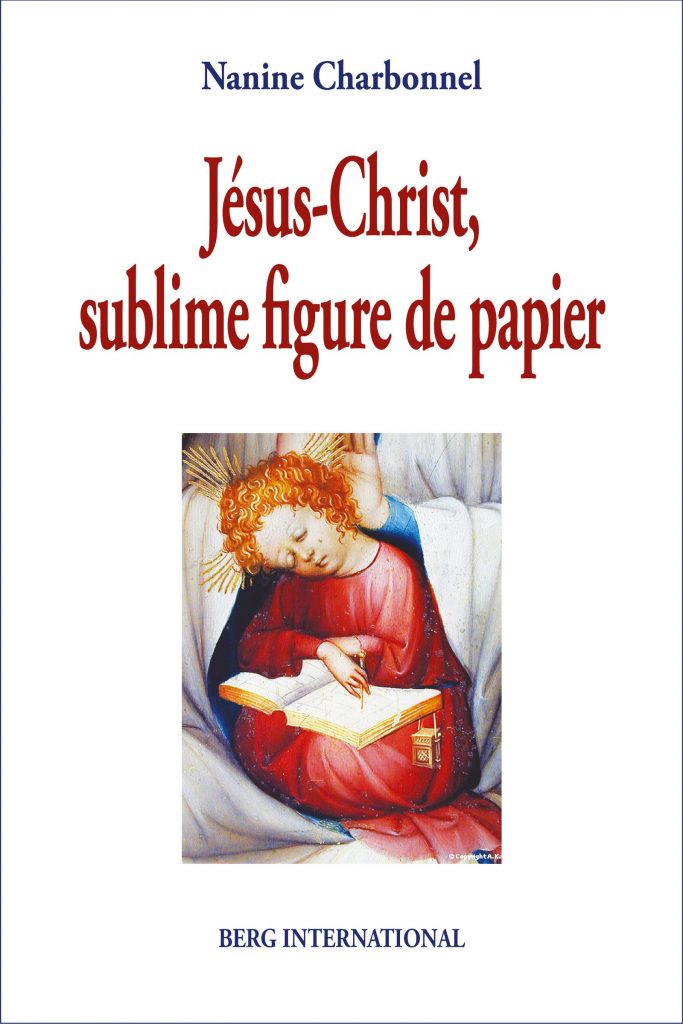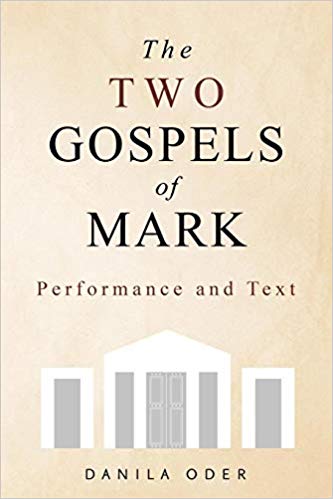Free for all who are interested: Sage publishers have made one of their recently published articles open access:
Méndez, H. (2020). “Did the Johannine Community Exist?” Journal for the Study of the New Testament, 42(3), 350–374.
https://doi.org/10.1177/0142064X19890490
Speaking of devils, the same themes of false (literary) communities and false witnesses (Beloved Disciple) have been addressed very recently on this blog:
Only “yesterday” we spoke of Nanine Charbonnel’s and Philip Davies’ points about ideal “New Israel” types of communities:
Similarly with the Dead Sea Scrolls. Many are written as pseudepigraphs, in the names of the patriarchs, or of the prophets. They appear to be a new type of literature at variance from what we are familiar with in the Old Testament collection. The scrolls indicate the presence of a particular community and a leader, the Teacher of Righteousness. Many assume both of these to be a literal group and a historical leader. Yet we have no way of proving either thought. As the “community” in the scrolls in fact an ideal community, a “new Israel”? (Charbonnel does not make the specific connection with Philip Davies but the same possibility can be seen underlying some of his discussion of the meaning of “Israel” — see What do we mean by Israel?) Are we reading a literary creation of a visionary utopia rather than a historical account of an actual group of persons?
And last month we looked at David Litwa’s case for the Beloved Disciple in the Gospel of John being a literary fiction:
Litwa notes a huge problem facing the author of the fourth gospel. He was introducing radically new material into the life of Jesus. Believers were familiar with the Gospels of Mark, Matthew and Luke, so how to get away with changing the temple cleansing episode from the end to the beginning of the gospel, and how to introduce the raising of Lazarus, with any chance that they would be accepted?
The solution: Introduce a character who was more mature spiritually than any other disciple, the closest favourite of Jesus, one so beloved that his credibility could not be doubted.
Depicting the trustworthiness of this character is vital, for this disciple is also presented as a key source for the fourth gospel itself and therefore an authority for its distinctive presentation of Jesus’s identity”. . . .
We do not need to speculate about the identity of the Beloved Disciple to realize his function: to validate the fourth gospel’s vivid and alternative presentation of Jesus.
(Litwa, 197)
Review, part 15. Eyewitnesses and the Beloved Disciple (Litwa: How the Gospels Became History)
So it seems like the seasonal time to draw attention to Hugo Méndez’s article. Candida Moss has already brought it to the attention of a vastly wider audience through the Daily Beast with Everyone’s Favorite Gospel is a Forgery.
One point I found particularly interesting in the Méndez article was the discussion of criteria for identifying literary relationships. “If only”, I thought. If only we applied the same principles to the Testimonium Flavianum, that passage in Josephus that discusses Jesus. Yes, some words in that passage are “Josephan” but it does not follow that the passage itself or some part of it was originally by Josephus. But that’s another story.
If you are too pressed for time to read the entire article here are a few sections that I saw as highlights: Continue reading “Once More: The Fictions of the Beloved Disciple and Johannine Community”









